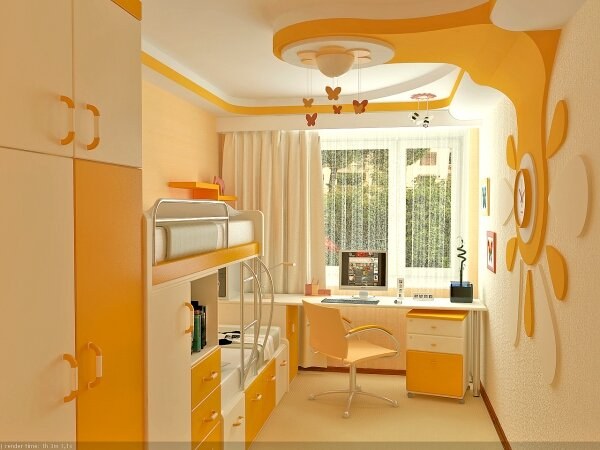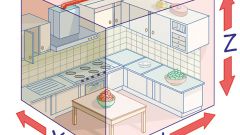Instruction
1
Before you make a redevelopment project, contact BTI or managing organization of your home and request a copy of the architectural or floor plan of the house, on which are marked all load-bearing and non-load bearing partitions.To approximately determine the load-bearing walls in your apartment, you can follow the signs.
2
If you live in a brick "Khrushchev" and "Stalinka", look at what walls are the ceiling. Usually such houses were built with load-bearing exterior walls and internal longitudinal one. They have a width of 30 inches the Rest of the walls are partitions. Their thickness is less than 20 cm, However, it's still better to clarify this on the house plan.
3
If you live in the monolithic house, you should definitely get a floor plan of your home. To determine the load-bearing walls in the monolithic house is difficult, because they might not be. May be supporting columns or piers (square columns). Their location is marked on the plan. They also have a substantial thickness from 30 cm with Wall thickness less than 20 cm with more likely are the partitions. Load-bearing structures, as in all buildings are curtain wall.
4
If you live in the panel house, the thickness of bearing walls in your apartment - 14-20 cm Bearing would be the outer wall and separation. Next, measure the thickness of the walls perpendicular to the exterior. If they have a thickness of less than 12 cm is a partition. Screening test – an attempt to drill the wall. Walls are not reinforced with iron fittings and are made mostly of less rigid material, such as plaster.
5
However, even if you correctly identified the location of bearing walls and partitions, alterations still have to legitimize the BTI. So before you begin to rework your own apartment, consult about its legality. In the process of reconstruction of the premises may be questions not only for carrying the partitions, but also the shift of the communication electric cable and so on, that require special training and the presence of skilled craftsmen.



